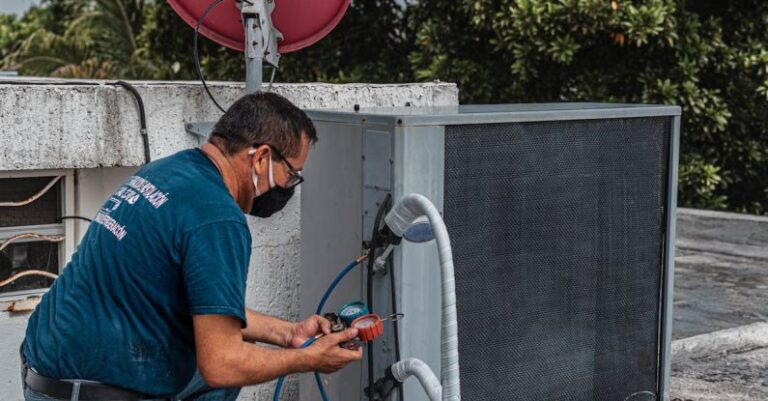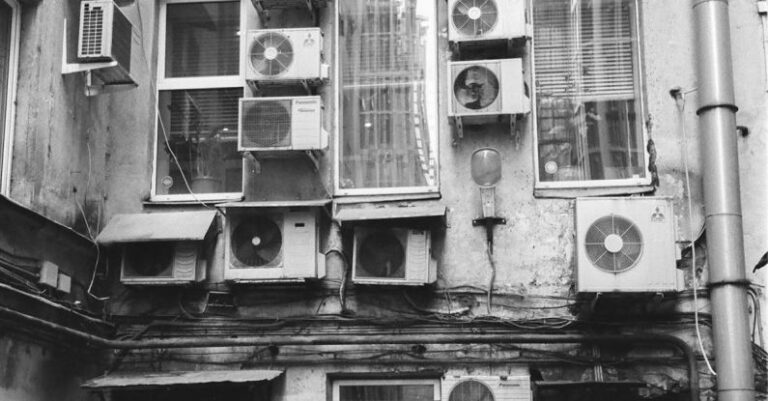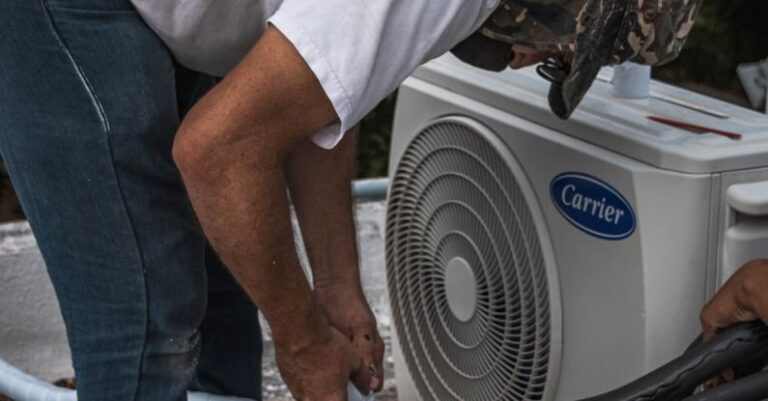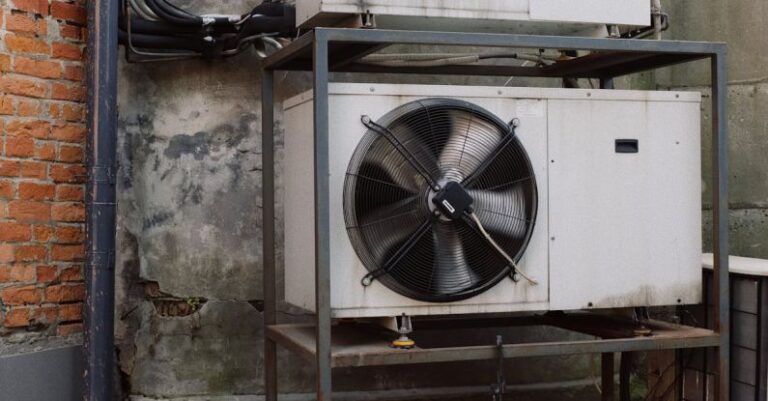
As the scorching summer heat starts to settle in, reducing cooling costs becomes a top priority for many homeowners. One effective method that often goes overlooked is the simple yet powerful technique of shading. By strategically incorporating shading elements around your home, you can significantly lower your energy bills while creating a more comfortable indoor environment. Let’s delve into how shading can play a crucial role in reducing cooling costs this summer.
The Impact of Solar Heat Gain
One of the primary reasons why cooling costs soar during the summer months is due to solar heat gain. When the sun’s rays penetrate through windows and walls, they heat up the interior of your home, forcing your air conditioning system to work overtime to maintain a comfortable temperature. This constant battle against solar heat gain not only drives up your energy consumption but also puts undue strain on your cooling equipment, leading to potential breakdowns and costly repairs.
Effective shading can help mitigate solar heat gain by blocking or diffusing the sun’s rays before they reach your home’s interior. By strategically placing shading devices such as awnings, shades, or trees in key locations, you can reduce the amount of heat that infiltrates your living spaces, thus lightening the load on your cooling system.
Strategic Placement of Shading Elements
When it comes to shading for energy efficiency, placement is key. By strategically positioning shading elements, you can maximize their effectiveness in reducing solar heat gain and cooling costs. Here are some key areas around your home where shading can make a significant impact:
Exterior Window Shading: Installing awnings, exterior blinds, or shutters on windows can help block direct sunlight from entering your home. This simple addition can reduce solar heat gain by up to 77%, according to the U.S. Department of Energy, resulting in substantial energy savings.
Landscaping for Shade: Planting trees strategically around your home can provide natural shade that helps cool your living spaces. Deciduous trees that shed their leaves in the winter can offer shade in the summer while allowing sunlight to filter through in the colder months, making them an excellent long-term shading solution.
Pergolas and Trellises: Adding pergolas or trellises to your outdoor spaces not only enhances the aesthetic appeal of your home but also provides shade for outdoor areas like patios and decks. By creating shaded outdoor living spaces, you can reduce the heat absorbed by your home’s exterior, further lowering cooling costs.
Indoor Shading Solutions: In addition to exterior shading, implementing interior shading solutions such as blinds, curtains, or window films can help reduce solar heat gain and improve the efficiency of your cooling system. These options allow you to control the amount of sunlight entering your home, providing flexibility in managing indoor temperatures.
Maximizing Energy Efficiency
By harnessing the power of shading, you can create a more energy-efficient home that keeps cooling costs in check. In addition to reducing solar heat gain, shading can also contribute to a cooler indoor environment, allowing you to rely less on air conditioning during hot summer days. This not only translates to lower energy bills but also minimizes your carbon footprint by reducing energy consumption.
Investing in shading solutions for your home is a smart and cost-effective way to improve energy efficiency, enhance comfort, and lower cooling costs. Whether you opt for simple additions like awnings and blinds or more elaborate landscaping projects, the benefits of shading extend far beyond just aesthetics. By taking a proactive approach to shading, you can enjoy a cooler, more energy-efficient home throughout the summer months.





